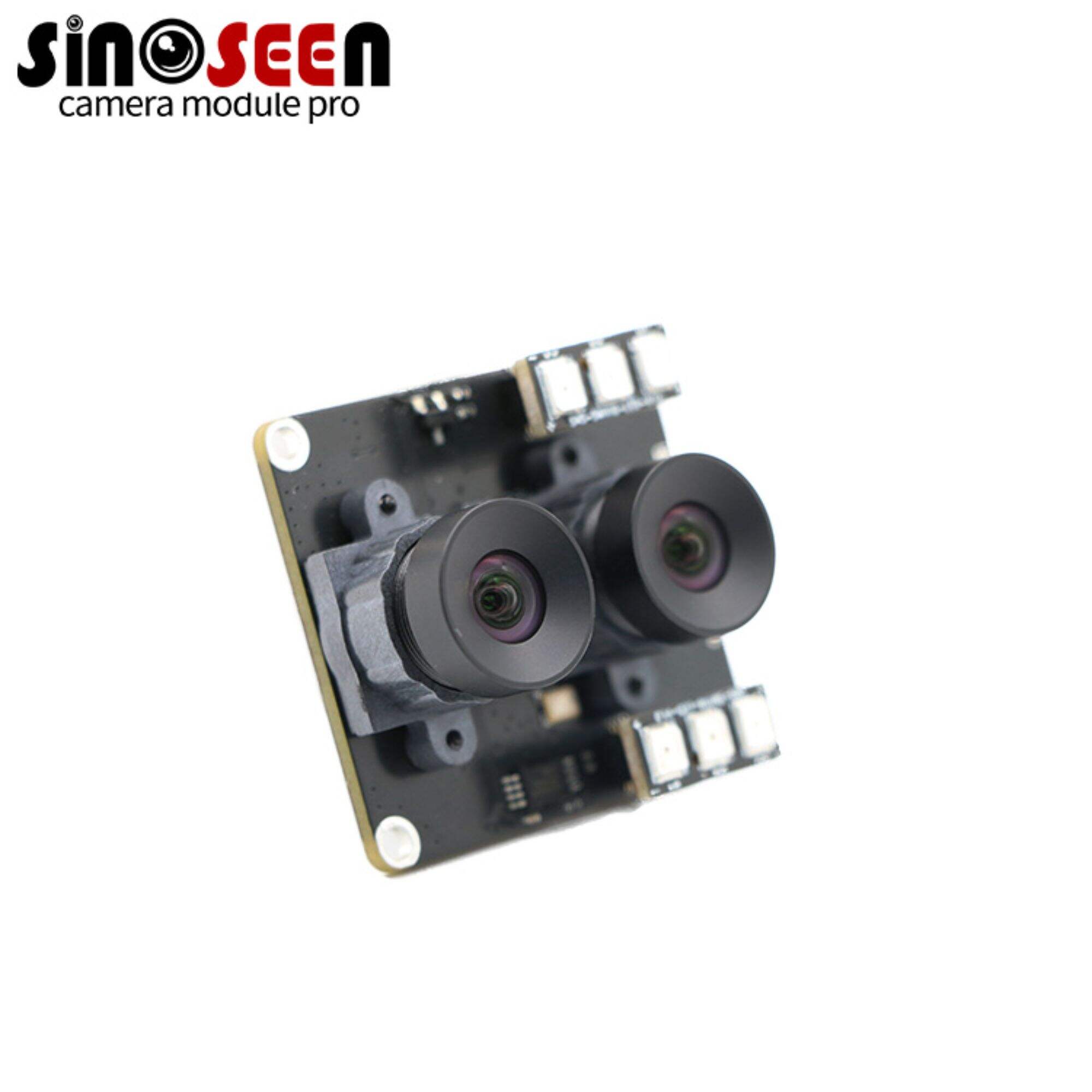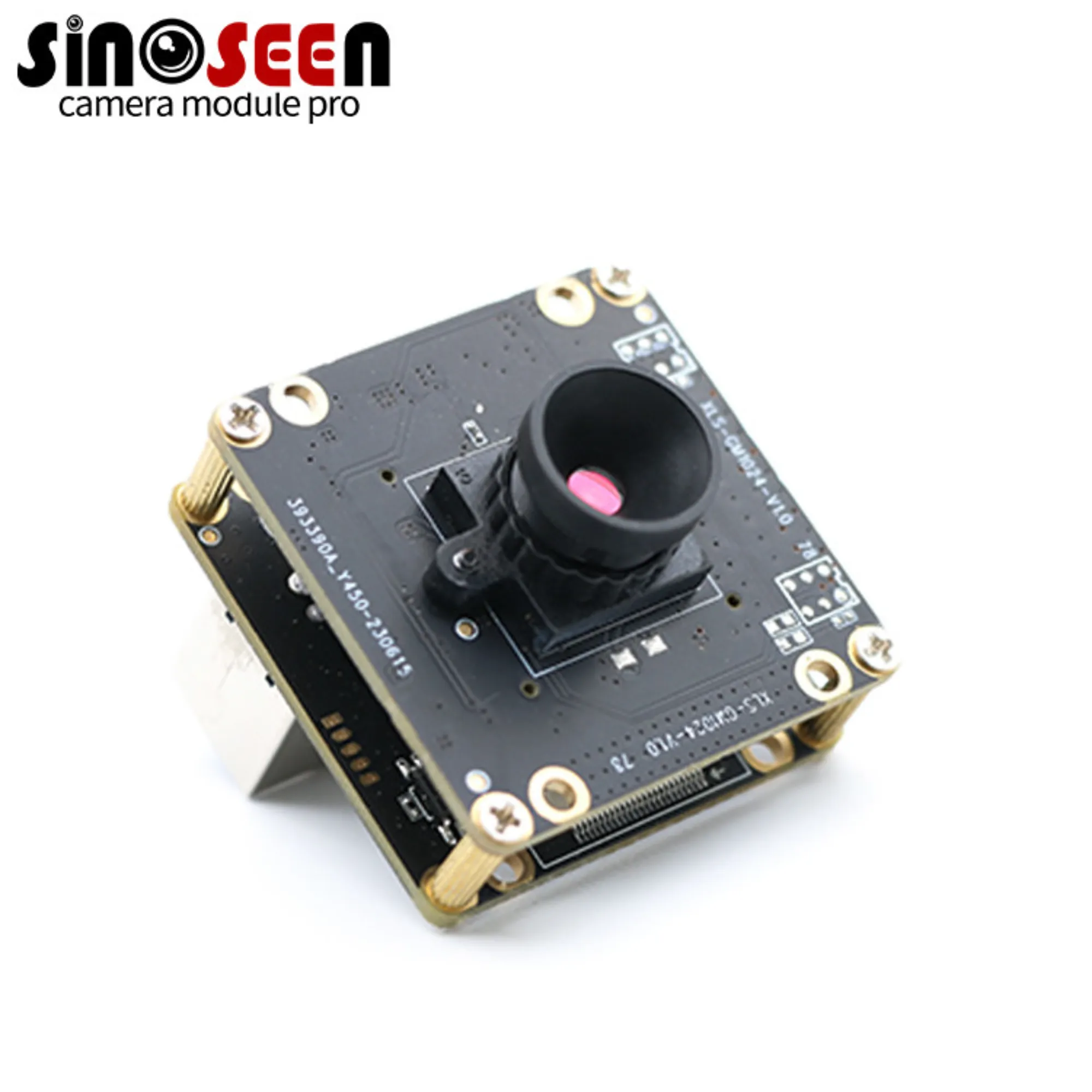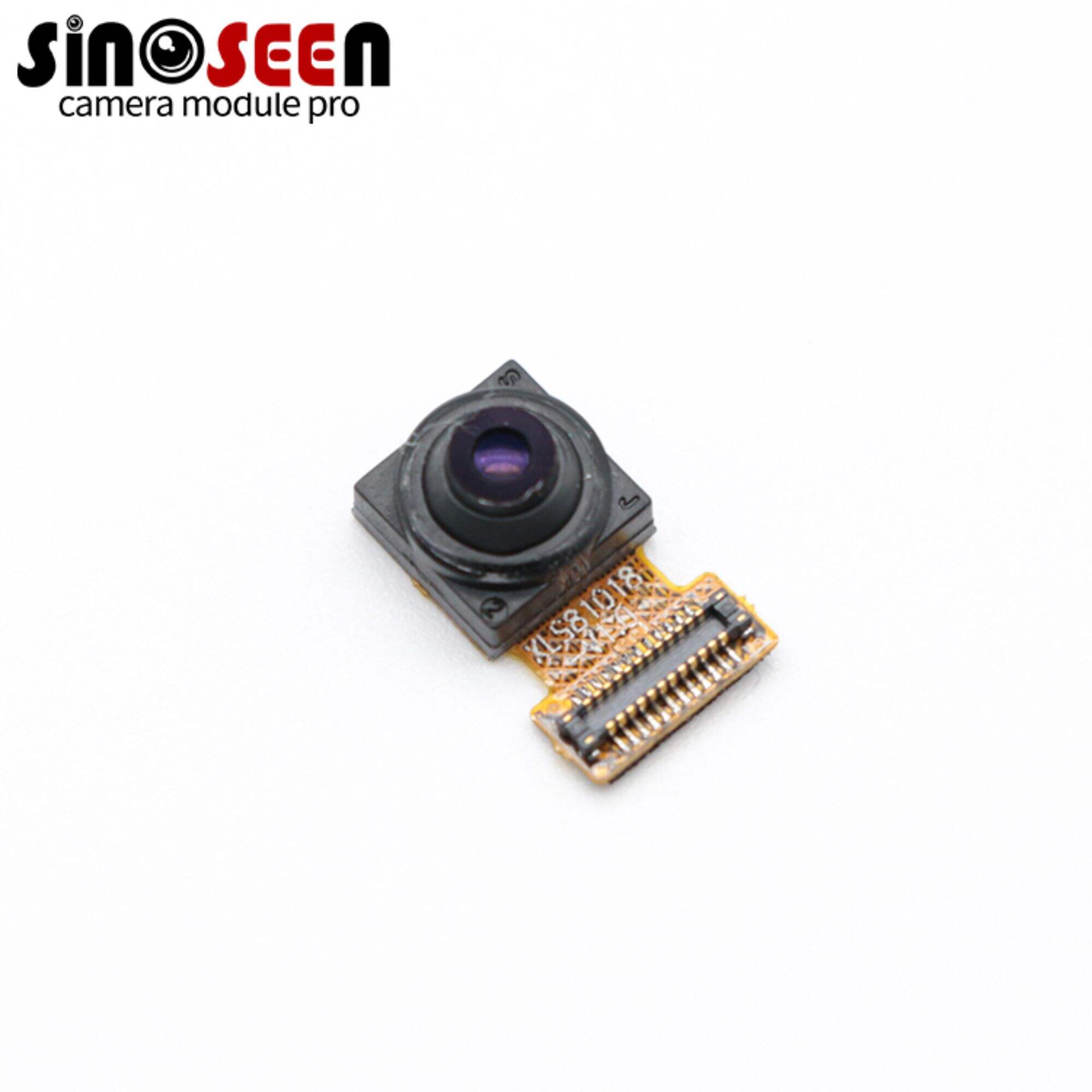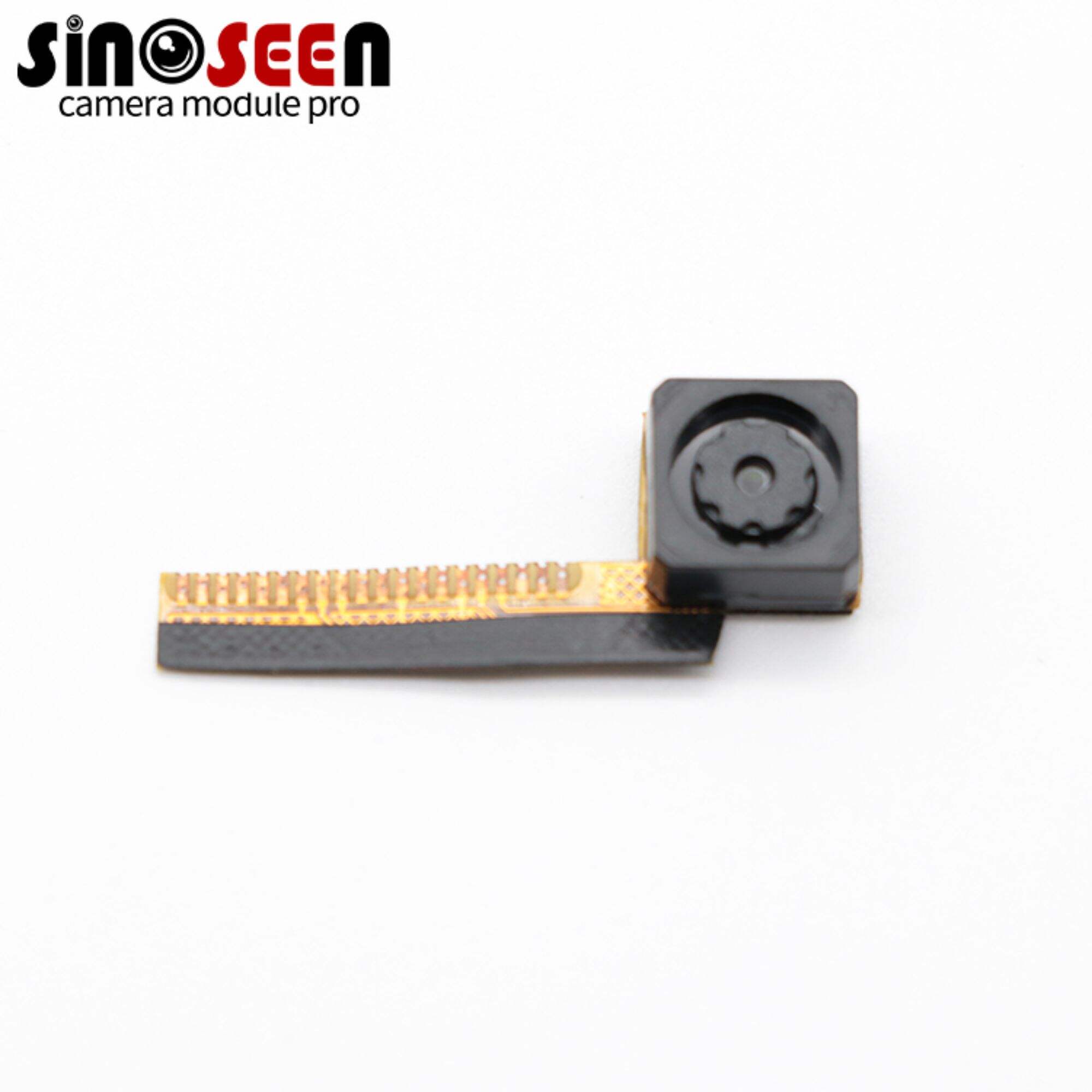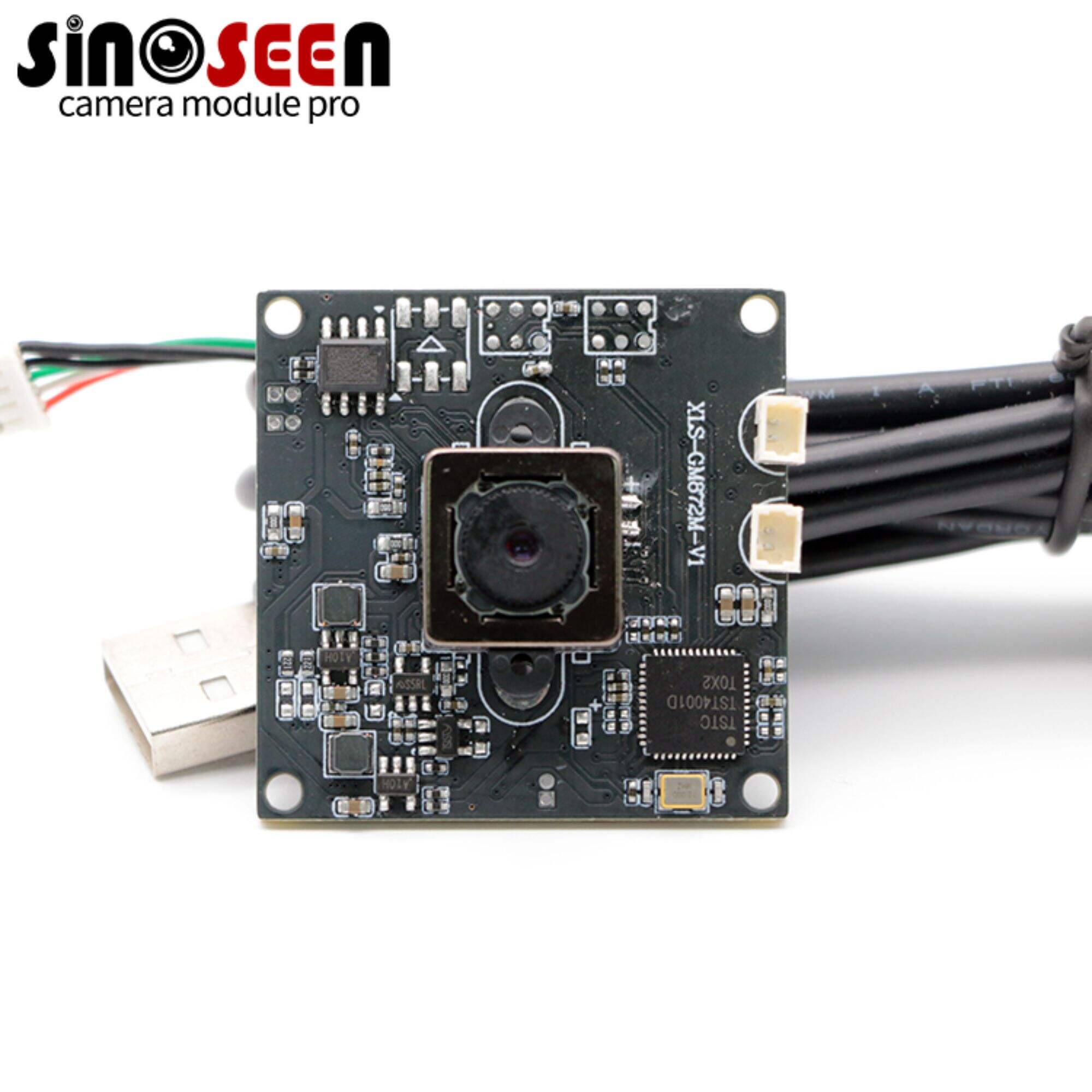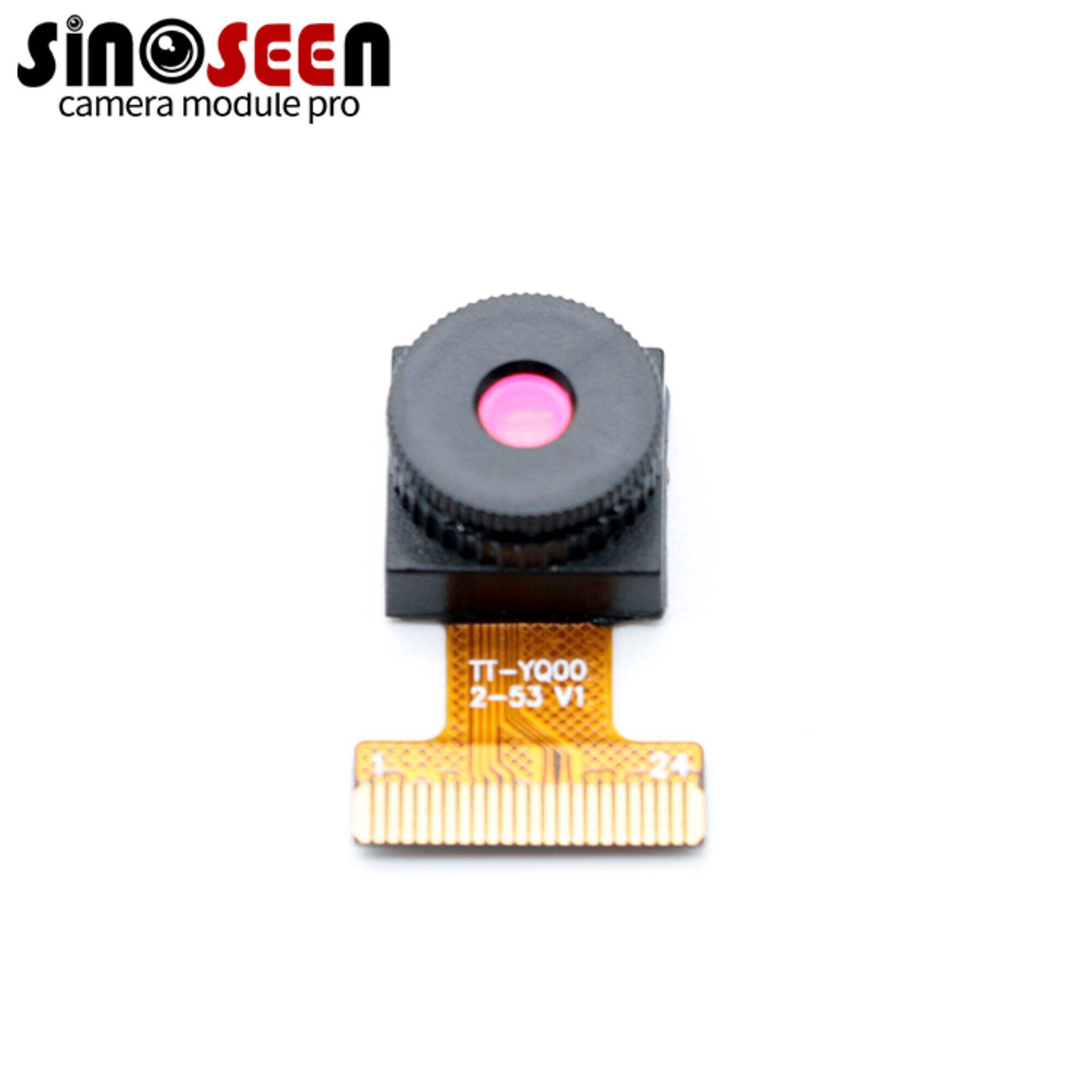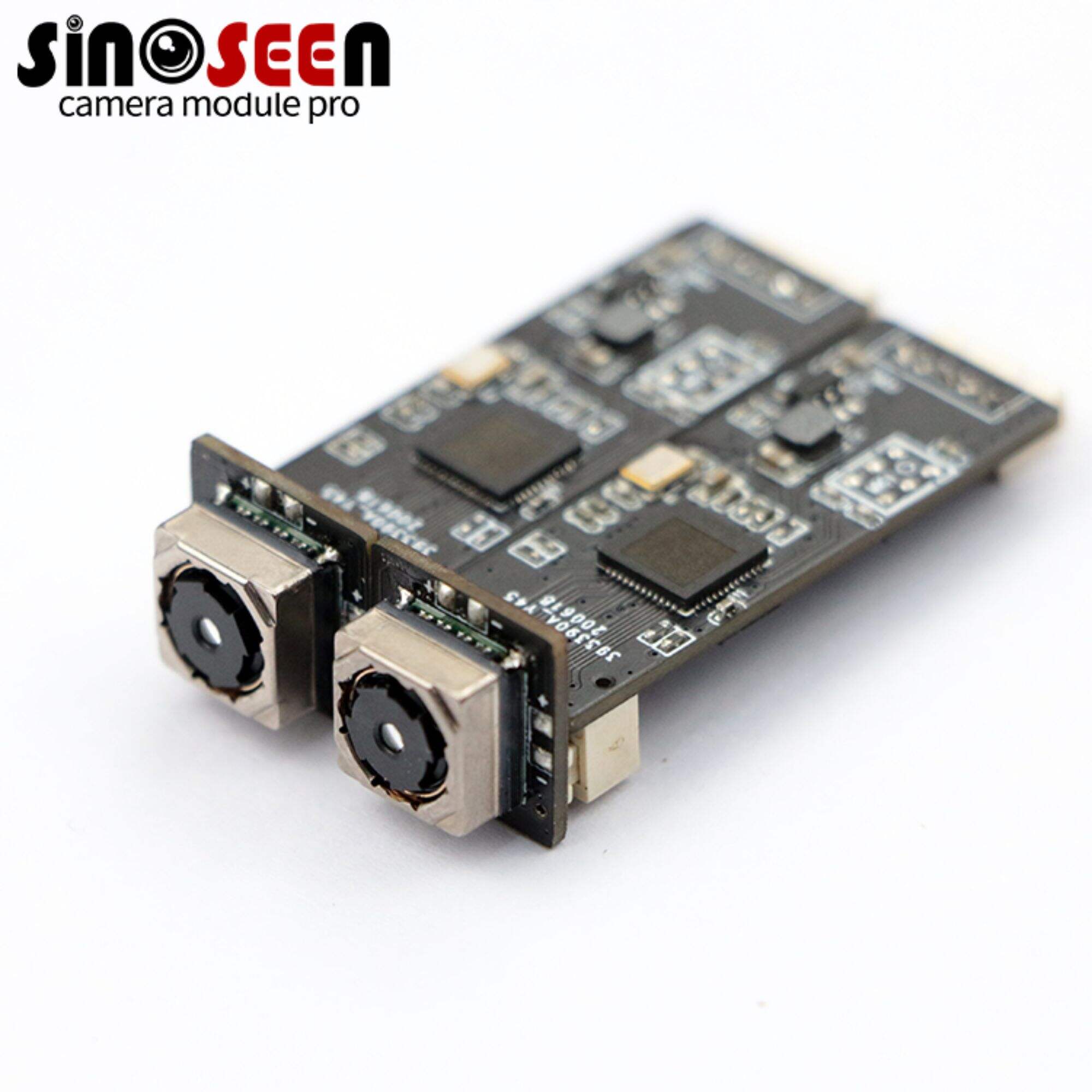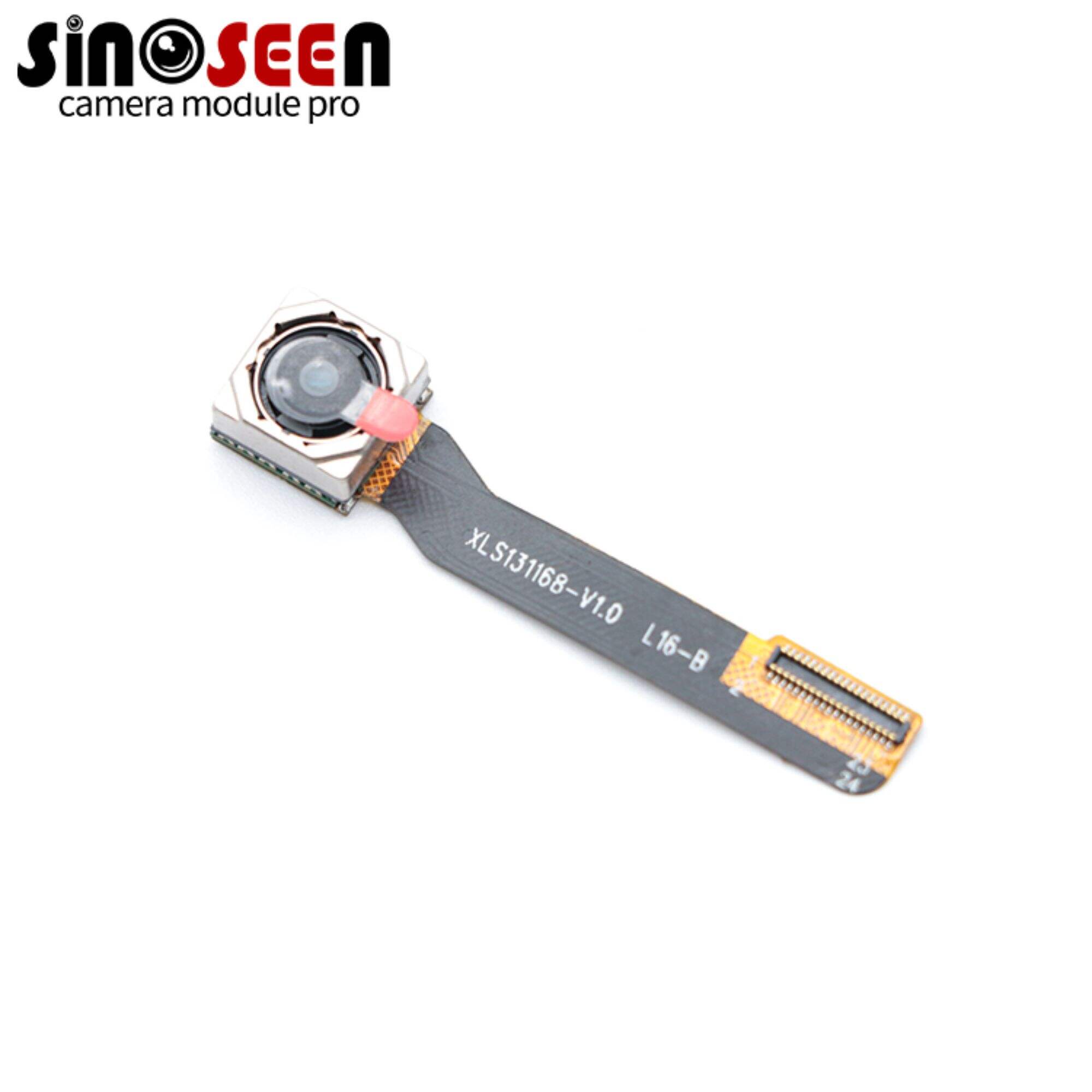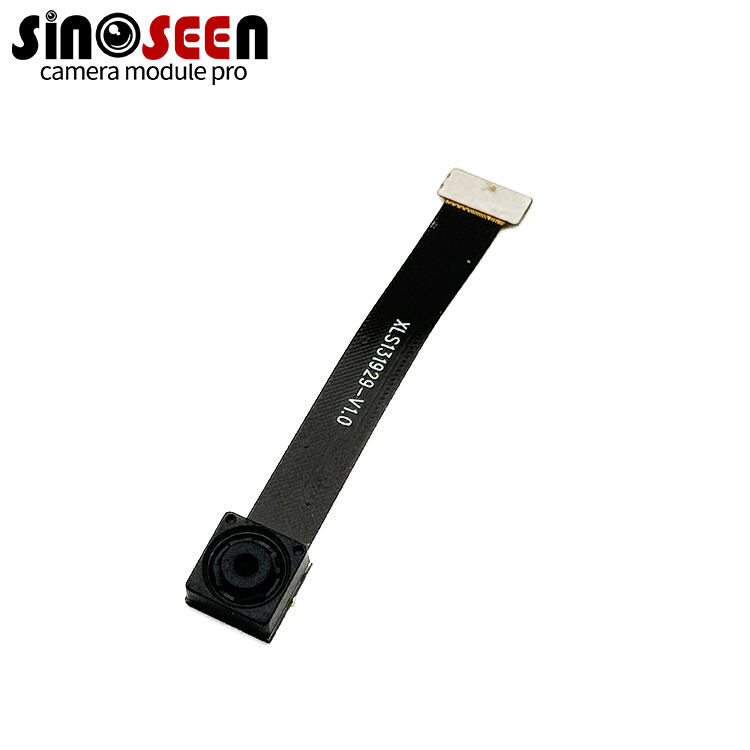The World of Photography: The Six Major Types of Lenses
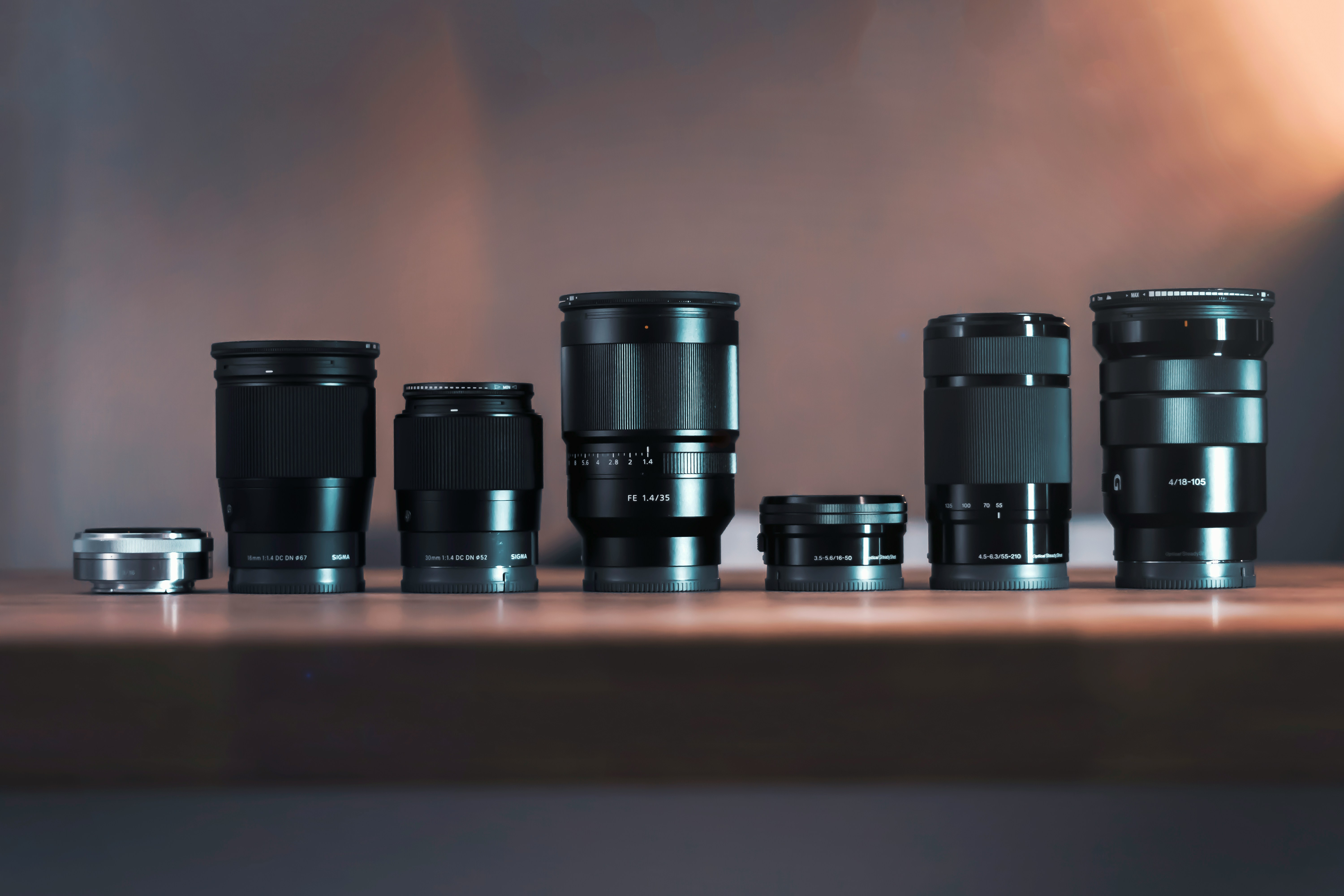
Photography is the art of capturing moments. A moment passes quickly, faster than a blink of an eye but a photograph lasts forever. Lenses are like magic windows to photographers, they capture light and focus on details from different angles creating something unique each time. There are many types of lens which have different characteristics and uses. In this article, we will look at six major types of lenses.
Standard Lenses
Definition and Features: Standard lenses refer to those with a focal length close to that of human eyes (about 50mm). They produce images that appear natural or normal in perspective because their angle-of-view approximates what we see with our own two orbs; thus rendering them perfect for taking pictures during daily activities or shooting various scenes.
Application Scenarios: These are an all-rounder among photographers’ arsenal since they can be used in any situation such as portraitures, landscapes/street snaps where one wants everything within reach without having distortion effects creeping into play due to wider coverage angles provided by others types.
Wide-angle Lenses
Definition and Features: Wide-angle lenses cover a larger field of view than standard ones; hence their name suggests it is all “wide”. Their focal lengths are smaller compared to those for normal models thereby enabling photographers to capture more within the frame at closer distances too!
Application Scenarios: This type is most commonly used in landscape photography as well architectural shots where one needs to show a wide area but still maintain clarity on details throughout the picture especially when shooting indoors such small rooms like offices etcetera.
Fisheye Lenses
Definition and Features: These kinds offer wide views even exceeding 180 degrees sometimes! Images taken through these optics appear heavily distorted giving rise to surrealistic impressions among viewers.
Application scenarios: often creative recorders can create very individual interesting works.?are frequently employed in creative documentaries recording special events because they produce images that are unique and eye-catching.
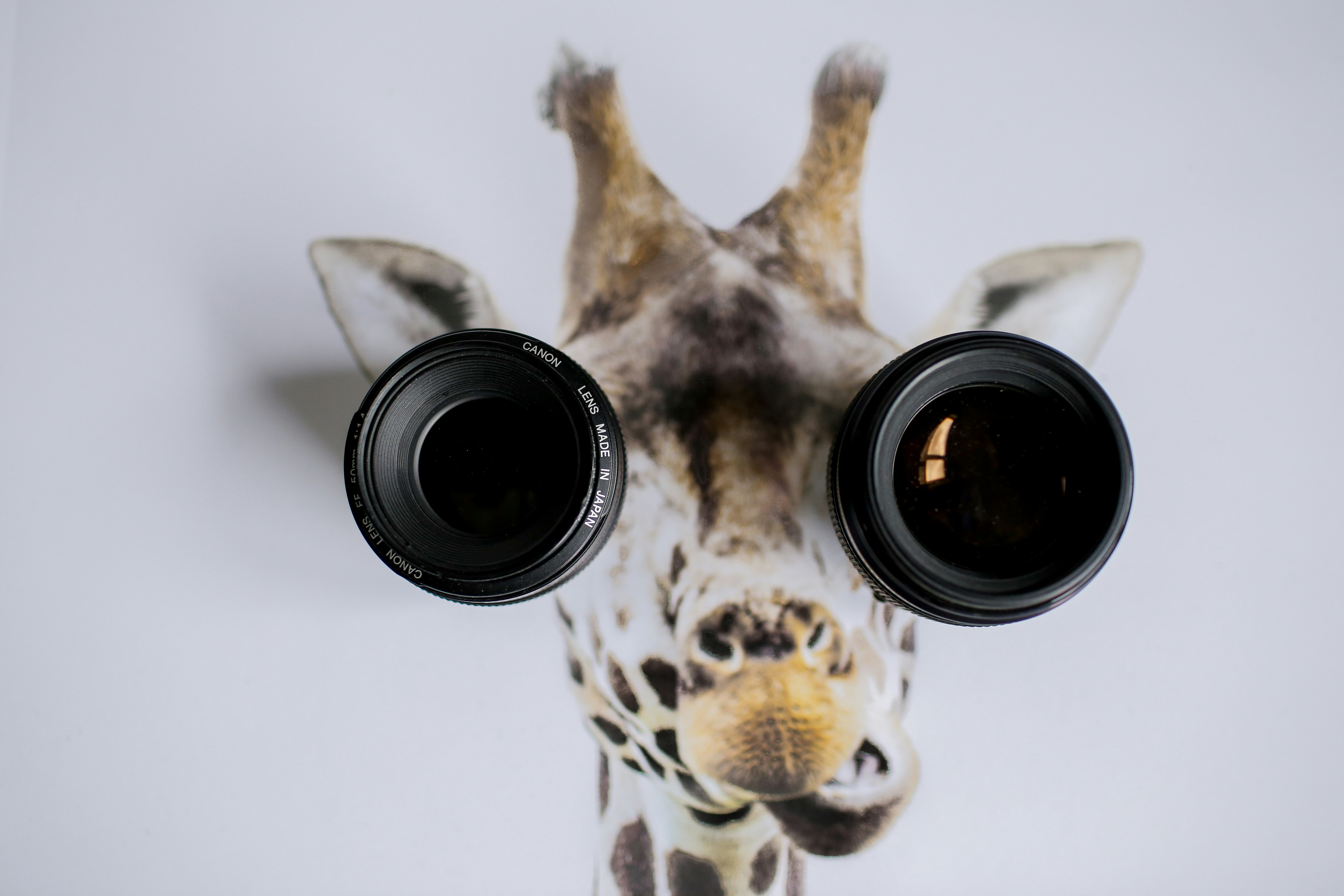
Telephoto Lenses
Definition and Features: These have long focal lengths thus making them capable of zooming into far-off subjects; hence their name “telephoto.” They possess greater magnification powers due to this ability which results in deeper depths-of-fields compared to wide-angle counterparts. Consequently, finer details become visible when using such equipment as wildlife photographers among others!
Application scenarios: best suited for capturing moments in sports news fields where the action takes place a distance away from where the photographer stands wildlife environment allowing the shooter to take good pictures without disturbing the subject's animals knowing that he/she is there.
Macro Lenses
Definition and Features: With magnifications exceeding 1x, macros can capture fine details on small objects like insects or flowers. Hence the name macro which means large scale in Greek! Additionally, these models often come with longer minimum focusing distances but greater working distances too.
Application scenarios: essential tools for jewelry insect flower photographs etcetera- show amazing microscopic worlds by showing intricate parts of objects at very close range thus revealing beauty hidden from naked eyesight alone!
Tilt-shift Lenses
Definition and characteristics: Tilt-shift lenses allow photographers to change what would have been a normal point of view by adjusting either one lens’ tilt angle relative to the other; this alters the relationship between the subject matter being recorded (i.e., object plane) it was first used architectural photography before finding its way into other creative fields such cityscape miniature effects where buildings appear toy-like structures known as lilliputs.
Application scenarios: Besides being employed mainly within architectural spheres also find much use creatively when creating unique visual impressions among people through changing the usual perspectives we see things

 EN
EN
 AR
AR
 DA
DA
 NL
NL
 FI
FI
 FR
FR
 DE
DE
 EL
EL
 HI
HI
 IT
IT
 JA
JA
 KO
KO
 NO
NO
 PL
PL
 PT
PT
 RO
RO
 RU
RU
 ES
ES
 SV
SV
 TL
TL
 IW
IW
 ID
ID
 SR
SR
 VI
VI
 HU
HU
 TH
TH
 TR
TR
 FA
FA
 MS
MS
 IS
IS
 AZ
AZ
 UR
UR
 BN
BN
 HA
HA
 LO
LO
 MR
MR
 MN
MN
 PA
PA
 MY
MY
 SD
SD

